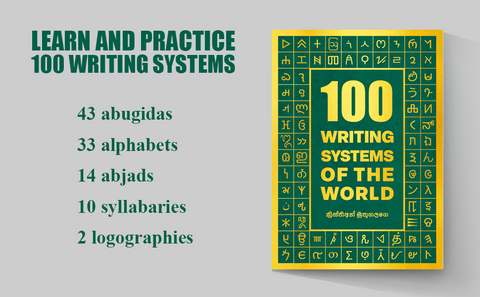Unlocking the Secrets of the Old Hungarian Script: A Fascinating Journey into the Past

Script type: The Old Hungarian script, also known as the Hungarian runes, is an alphabet script. Each character represents an individual sound, making it an alphabetic writing system.
Writing direction: The Old Hungarian script was written from right to left, a characteristic that sets it apart from modern Hungarian, which is written from left to right.
Creator and invention time: The exact creator of the Old Hungarian script remains a mystery, but it is believed to have been developed in the 10th century during the reign of the Hungarian ruler Géza and his son, King Stephen I. It is thought that the script was inspired by the Old Turkic script and other runic scripts used by neighboring cultures.
Time period of use: The Old Hungarian script was used during the medieval period, primarily between the 10th and 15th centuries. It was the dominant script for writing the Hungarian language during this time.
Population and current usage: The Old Hungarian script was used by the Hungarian-speaking population in the medieval Kingdom of Hungary. Today, it is no longer actively used for everyday writing, having been replaced by the Latin script, which became the standard writing system for the Hungarian language.
Usage area: Geographically, the Old Hungarian script was used in the territories of the medieval Kingdom of Hungary, which included present-day Hungary, parts of Slovakia, Croatia, Romania, Serbia, and Austria.
Interesting Facts:
-
Runic Origins: The Old Hungarian script was heavily influenced by various runic scripts used by the Turkic peoples and other neighboring cultures. This is reflected in the angular shapes and straight lines of the characters.
-
Inscriptions and Artifacts: The Old Hungarian script is primarily found in stone inscriptions and on other artifacts, such as coins, pottery, and personal items. These inscriptions often provide valuable insights into the history and culture of medieval Hungary.
-
Threat of Extinction: As the Latin script gained prominence and became the official script for the Hungarian language, the use of the Old Hungarian script gradually declined. By the 16th century, it had largely fallen out of use, and the knowledge of how to read and write it diminished over time.
-
Rediscovery and Revival: In the 18th and 19th centuries, scholars and linguists began to take an interest in the Old Hungarian script. Efforts were made to decipher and understand the inscriptions, leading to its rediscovery as an important part of Hungarian heritage.
-
Preservation Efforts: Today, the Old Hungarian script is no longer used for practical purposes, but it holds immense historical and cultural significance. Scholars and cultural organizations continue to study and preserve this ancient script as a vital part of Hungary's linguistic and written heritage.
-
UNESCO Intangible Cultural Heritage: In recognition of its cultural importance, the Old Hungarian script was inscribed on UNESCO's list of endangered intangible cultural heritage in 2015, further highlighting the need for its preservation and protection.
-
Inspiration in Modern Times: The Old Hungarian script has inspired contemporary art and design, with its unique characters finding a place in calligraphy, typography, and various artistic expressions.
In conclusion, the Old Hungarian script is a captivating relic of Hungary's medieval past, a testament to the rich history and linguistic diversity of the region. While no longer in practical use, its legacy lives on through historical artifacts and scholarly efforts to decipher and preserve this valuable piece of Hungarian heritage. As we uncover the secrets of the Old Hungarian script, we gain a deeper understanding of the people, language, and culture that once thrived in the heart of Europe.

Practice Old Hungarian and other scripts with our book "100 Writing Systems of the World"!
Discover 100 diverse writing systems from around the globe in one captivating book. Practice writing different scripts with full character charts and essential information provided. Let your imagination soar on the blank right pages as you explore 43 abugidas, 33 alphabets, 14 abjads, 10 syllabaries, and 2 logographic scripts. Dive into numeral systems and even design your own writing system. Immerse yourself in the beauty and diversity of global scripts today with "100 Writing Systems of the World." Unleash your creativity and order now!